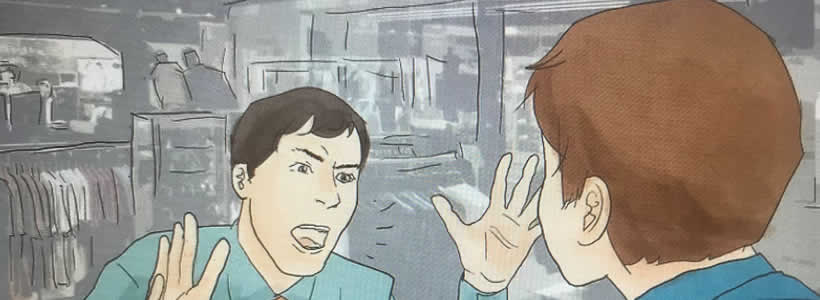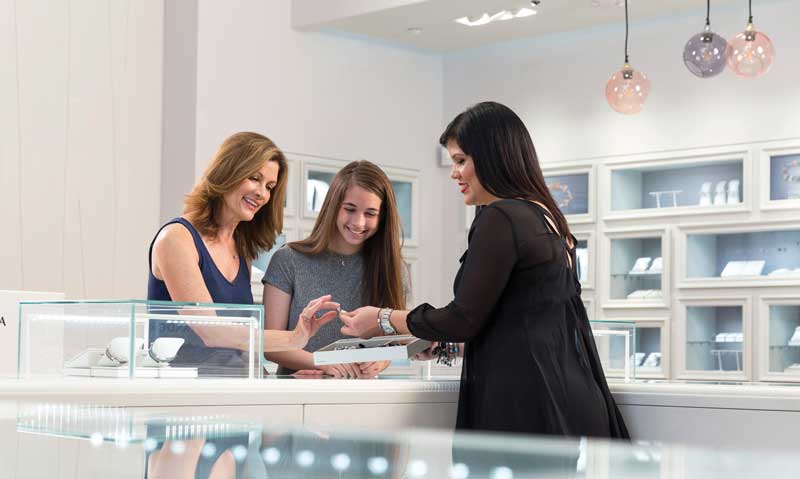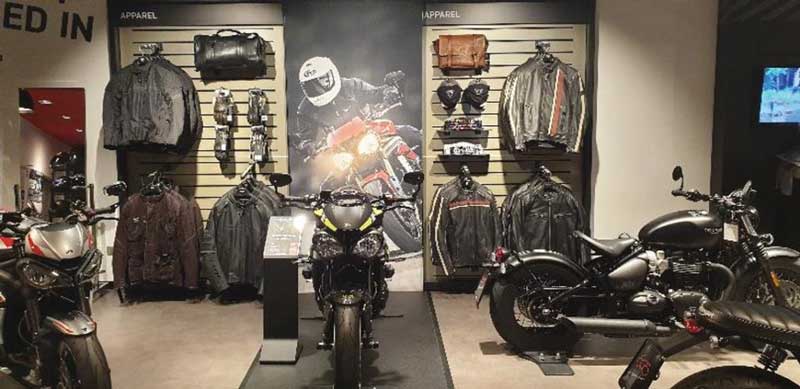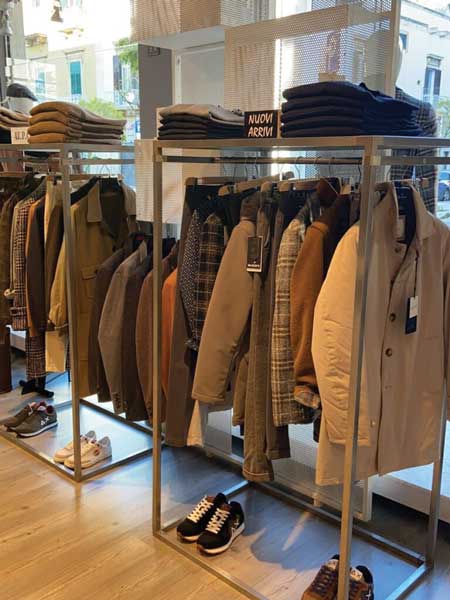
[button link=”https://www.arredanegozi.it/2021/01/domande-esistenziali-del-retail/ ” icon=”none” target=”” color=”a30b0b” textcolor=”ffffff”]TESTO ITALIANO[/button]
by Paolo Zanardi XT Retail srl
Our nearly thirty years knowledge in the Retail sector has meant that in this period we have been faced with recurring questions to which we have not always been able to give a definitive answer. As many of you know, the Retail sector, that is the process of selling consumer goods to customers, was born in the mists of time with the first shops.
It was not called Retail, but man had already been implementing it since the days of the “sapiens sapiens” and the first exchanges. We certainly evolved, but some questions have always remained there, with an aura of doubt.
For instance:
- Is the customer always right?
- Do visual merchandising, windows display and retail marketing really work?
- Are salespeople born or made?
Let’s start with the first, perhaps main and ancestral question since trade exists.

Is the customer always right?
In order to dissect this famous phrase of the unknown, it would be necessary to better understand what is meant by “reason”.
The meanings:
• Reason if he doesn’t find what he wants?
• Reason if the prices do not consider them adequate?
• Reason if he wants a discount?
With regard to this, I interviewed ordinary people and therefore ordinary consumers, but also professionals. What emerges is an inevitable clash between two fronts.
The percentages are divided between 50 and 50, although in 50% of supporters that the customer is not always right there are more professionals than customers.
A famous IGNIS advert from the 1970s with Giampiero Albertini said: “You’re never satisfied!”, that a salesman addressed to a customer who came to the store with persistent questions. And the customer replied: “Always!“
Today, by all accounts, the customer is increasingly informed and much more demanding, however most of customers love the “old manners”, while millennials are now very independent. Basing on my direct experience on sales, I would like to point out the question first of all on the pleasure of selling and satisfying the customer.
If the customer sees enthusiasm, or your real interest to satisfy his needs and a good agreeability, he will hardly be displeased. Today the market offers a bit of everything, so there are many opportunities to satisfy the requests. There is only a moment when the customer is no longer right: when education fails and when the approach on his part is one of superiority (both social and cultural).

Do visual merchandising, windows display and retail marketing really work?
The workers of the Retail sector have always wondered if Visual, Windows and Retail Marketing can get a return on investment.
That is, if a window sells more than another.
Or if a readable Visual Merchandising can yield more than a less clear one. And finally if it is correct to invest so much in POP (point of purchase) and other display elements.
Since the first days I worked in Foot Locker Company I have been interested and involved in Visual Merchandising.
But before going into the specifics of each company for which I have worked and the companies consulted in the last twenty years for XT, I believe it is important to focus on Visual Merchandising meaning and its purpose.
Visual Merchandising is the practice in the retail industry of optimizing the presentation of products in the sales point in harmony with the choices of the format (or commercial strategy) combined with the display system, the lighting, the graphics.
The literal translation is “merchandise presentation”, but it indicates more complex procedures than a simple display of products: a creative commercial language.
In general, they concern the atmosphere produced by the sensory stimuli that the presentation of product engage the customer and increase sales.
To create the sensory stimuli, we will avail of five senses :
• Sight: it is the most important as it reaches the consumer first, everything must be clearly visible at a glance
• Hearing: the use of music or sounds that represent the philosophy of the brand
• Smell: thanks to the use of fragrances, limbic memories in the consumer’s brain are stimulated
• Touch: essential to be able to break down the barrier between consumer and producer; all the goods can be reached, from clothing to technology
• Taste: thanks to the possibility of tasting the product is closer to the consumer.
It is important to remember that all the senses must follow a logical thread: the style of the brand.
Thanks to the use of Visual Merchandising techniques, we pass from an assisted sale to free sale.
Visual Merchandising is also a technique enable to facilitate the pre-selection and purchase by the customer by displaying the goods in a logical sequence referred to the customer’s priority of choice (for example the sequence of use).

Beyond the definition, what I have always seen in the Visual was the need to have a criterion to make customers or end consumers read and identify products more quickly.
Only in the last decade, however, following the path already begun in the large-scale retail trade, the first planograms and a more scientific and less aesthetic approach appear.
Really, there is no tangible and irrefutable proof that Visual Merchandising supports sales, but above all the quantity compared a store that does not apply the Visual criteria.
Certainly and this can be denoted from the behavior of the final consumer when he is “spied on” by the cameras in the shops, customers are led to be more attracted to something that is clear, legible and possibly colored.
However, there is no practical and numerical demonstration that automatically confirms a purchase outstanding the display system.
In fact, once the customer stops in front of a beautiful display of clothing, footwear, accessories or a well-equipped shop window, he doesn’t necessarily buy what he has seen.
So I think that Visual Merchandising actually increases the chances and the desire to buy, but there is no evidence about its improvement.
Time has proven that all companies, in all sectors, and with a good 50% of rules for all sectors and markets, needed to have a correct and clear Visual Merchandising policy among their marketing charges.
I remember with pleasure a meeting at a leading company in the textile sector. I found myself in front of the Sales Director, the Marketing Director and their Retail Manager.
After presenting concisely the services of my company and in particular about the benefits of the Visual, I heard the following question asked by the sales manager in a strong Roman accent: “… Ma secondo te qual è er Visual mijore?”. – that is: “Which do you think the better Visual?”
As expressed a few lines above, obviously I tried to make him understand that it was not easy to answer this question, because the sale within a store depends on many elements and not only on Visual Merchandising.
The reply arrived from a “genius” who have always surprised me.
He simplified the concept in an eloquent way: “…Teo digo io, er Visual mijore è quello che vende deppiù. Le altre so’ fregnacce”. – that is: “I tell you who is the best Visual, is who sells more. The rest are liars.”
The meeting ended immediately!
The initial question regarded the effectiveness and, above all, the return that window dressing policies can have.
Are sales people born or made?
The premise is … Are we talking about sellers or sales consultants?
If we talk about the former they will be destined to become extinct, like dinosaurs, if we refer to the latter they will be indispensable, because the Retail will not die, rather it will be increasingly the scenes in contact with the customer.
For years now, the salesman has been turning towards a broader role of a consultant not offering a product, but above all offers a service.
The consumer has profoundly changed in the last decade and if once, however depressing, a supplier of goods could have been enough, today and in the future it will no longer be enough.
At least this can be true for those retail “players” who want to dominate the scene.
We went from a customer who was used to achieving their purchase through a path of desire over time to a much faster customer. We are used to having everything immediately and this is also reflected in the purchasing process. That is, what may be of interest today does not necessarily affect tomorrow.
Therefore the ability of the seller of the future will be that of being extremely informed, empathetic, patient, observant and able to “bear” the expectations of customers. Sometimes even tantrums and the lack of education.
Retail has undergone an epochal transformation especially over the past ten years.
In the nineties, Retail was the only induced to allow the consumer to make purchases and therefore no attention was paid to the quality of the service and the Visual, but purely to the fact of finding an abundance of product. In recent years, consumer behavioral changes are making all the guarantees that Retail had acquired by the year 2000.
The product is not the essential element.
The real challenge for a Retailer is to satisfy a potential purchase need in a safe and immediate way.
The expansion of sales on the web has actually filled the gap in the retail sector in finding the product.
That is, on the web the opportunities to find what everything and in more alternatives is superior. The online stores offer more choices and quickly, instead of the physical contact that the web cannot grant.


